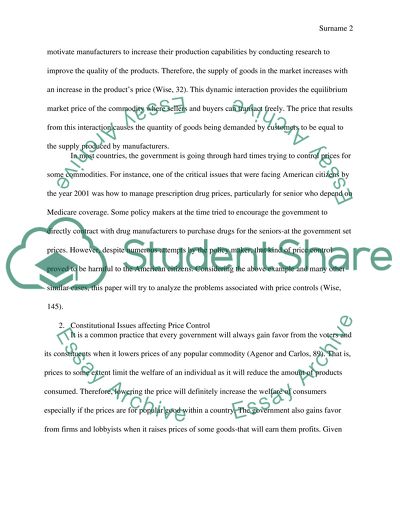Cite this document
(“Price Controls Essay Example | Topics and Well Written Essays - 2750 words”, n.d.)
Price Controls Essay Example | Topics and Well Written Essays - 2750 words. Retrieved from https://studentshare.org/macro-microeconomics/1474943-price-controls
Price Controls Essay Example | Topics and Well Written Essays - 2750 words. Retrieved from https://studentshare.org/macro-microeconomics/1474943-price-controls
(Price Controls Essay Example | Topics and Well Written Essays - 2750 Words)
Price Controls Essay Example | Topics and Well Written Essays - 2750 Words. https://studentshare.org/macro-microeconomics/1474943-price-controls.
Price Controls Essay Example | Topics and Well Written Essays - 2750 Words. https://studentshare.org/macro-microeconomics/1474943-price-controls.
“Price Controls Essay Example | Topics and Well Written Essays - 2750 Words”, n.d. https://studentshare.org/macro-microeconomics/1474943-price-controls.


